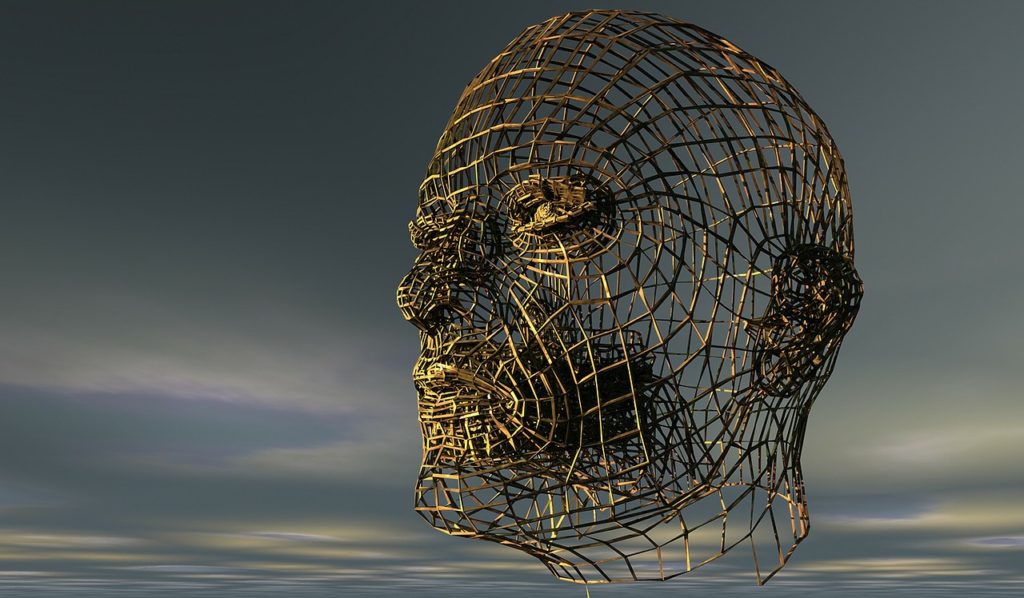There are many different kinds of headaches and often diagnosis is not straightforward. One of the main issues that I come across is that people are wrongly self-diagnosing the type of headache they have. The most common misdiagnosis would be migraines. I am not sure exactly why this is but I think that in many ways the term migraine has become interchangeable with the word headache.
Migraines usually have four distinct phases:
First Phase is usually a sense that a headache is approaching, this feeling can vary from one person to the next the second phase is often an auditory or visual aura and the third phase is a severe headache, which is usually unilateral (on one side only). It is often throbbing, can induce nausea and vomiting, as well as sensitivity to light or noise and is often helped by sleep in a dark room. Finally the fourth phase is a recovery phase, which can include tiredness, drowsiness and even elation for some.
For many people migraines are often triggered by certain foods – chocolate, wine and cheese, or even smells or stressful situations.
There are many different types of headache and it is possible to experience two or more different types at the same time.
The most frequent type of headache that I see in clinic is cervicogenic headaches. Cervicogenic means coming from the neck. This sort of headaches has quite a distinct pattern of occurrence.
• They usually start in the neck or at the back of the head
• They are more common on one side of the head
• They will then travel across the scalp and often intensify over the eye on the same side
• If they progress further they can cross over and become a full headache
• They are caused by misalignments in the upper cervical vertebra
They will have a different feeling from the usual tension headaches that many of us have experienced. Tension headaches will often feel like a tight band around our head and happen toward the end of the day, where as cervicogenic headaches can affect us at any time.
Whilst these are two of the most common primary type of headache, it is very common to find people coming in with additional symptoms such as foggy thinking or brain fog. These additional symptoms are often related to some other issues that are happening primarily these are:
• Hormone imbalance
• Nutrition deficiencies
• Consumption of foods that cause headaches (coffee, tea and some foods)
• Dehydration
• Medication overuse headache – this is particularly difficult as these headaches are caused by over the counter medications that people are taking to help with the pain from headache (Diener & Limmroth, 2004)
To correctly diagnose headaches a good understanding of all types of headache is important and treating with a holistic approach gives the best results. Looking at nutrition, spinal alignment, especially in the case of cervicogenic headaches, and triggers can help to alleviate and manage the symptoms of headache that many of us suffer from.
I have clinics in Skibbereen, Kinsale and Douglas and you can contact me on 087 9582362 to arrange an appointment.


